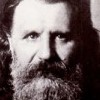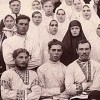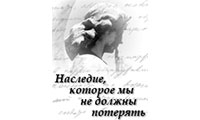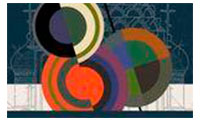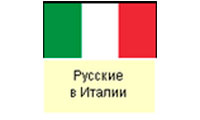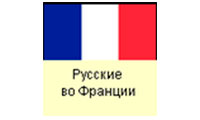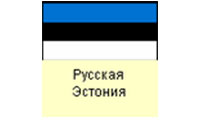The Orthodox Church in Latvia from X to XX cnt.
The history of the Russian people is allied to the history of the Orthodox Church. The first records of the Orthodox religion in Latvia date back to the tenth century. The famous route ‘from the Varangians to the Greeks’ ran along the Daugava river (the Western Dvina). This was not only a trade route but a road that spread of Christianity. In the eastern regions of present day Latvia Christianity came from the neighbouring lands of Ancient Rus: from Polotsk, Pskov and Novgorod. Data from archaeological excavations as well as written sources bear witness to the presence of Orthodox Christianity on the territory of Latvia before the invasion of the crusaders. There are no historical facts to prove that the spread of the Orthodox faith was violent in character during those times. >>
The Ostsee Times and Old-Believers
At the end of the 18th and in the first half of the 19th Centuries the lands of present-day Latvia and Estonia were known as the Ostsee area. The origin of this term is German. The ruling powers there were German nobles and merchants. Despite the Ostsee being part of the Russian Empire, Russian legislation was not in force in these Baltic provinces. The official language in the region was German. It was possible to achieve a full education in German only. The Russian Orthodox minority chiefly made up of small tradesmen and workers were not engaged in any independent social activities. It was not uncommon for a few wealthy Orthodox merchants to adopt German culture and send their children to German schools. >>
The Latvian Orthodox Churrch in the interwar years
After the formation of the independent Baltic States the eparchy of Riga was divided into two parts – Estonian and Latvian. On 27 February 1920 the All-Latvian Assembly of the Orthodox Church elected John Pommer as the Archbishop of Riga and all Latvia.
>>
Old Believers in Independent Latvia
With the foundation of an independent Latvian state in 1918 a new stage in the life of the Old Believers began. In November 1920 the first convention of Old Believers in Latvia was called, at which the Central Committee for the Affairs of Old Believers in Latvia was set up, and the basic principals of the organisation were determined, as well as the activities of the Old Belief communities. >>
Orthodoxy Church in Soviet Latvia
After Latvia became part of the USSR the Latvian Orthodox Church was returned to the jurisdiction of the Patriarchy of Moscow. Church life entered an uneasy period of fighting for survival in an atheist state. Churches were closed and destroyed. Many clergymen suffered repressions. Part of the congregation abandoned the church, fearing persecution. But even in these difficult circumstances the Orthodox Church continued to bring the light of faith to the people. >>
Latvian Old-beliviers in the soviet time
Soviet laws and also restructurings in the economy and society led to a gradual diminishing of the number of practising Old Believers and the closure of prayer-houses, especially in rural locations. Thorough collectivisation, which had destroyed the earlier way of life, and migration from rural areas led to the ruin of traditional Old Believer communities. The number of communities was reduced by a third during the years of Soviet rule, their activities being limited to religious matters. >>







